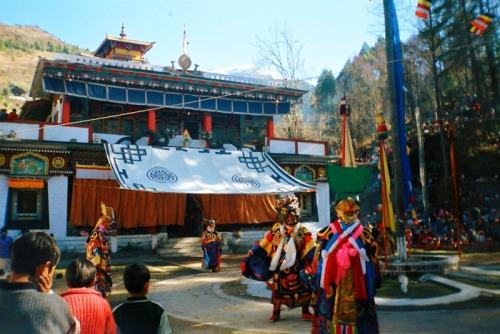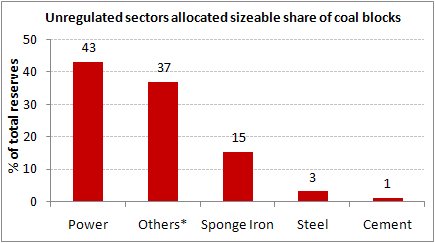Agencies : Beijing, Fri Sep 14 2012, 16:05 hrs

China would support the Dalai Lama's successor as long as his selection conforms with its laws, historical rules and the will of the Tibetan people, a top leader of the ruling CPC has said.
Reacting to the Dalai Lama's comments hinting that his successor would don the role of only a religious head for Tibetans and not of a political leader, Xu Zhitao, who is with the United Front Work Department of the CPC Central Committee, said the Dalai's role as political leader ended in 1959, the year he left for India on self-exile.
Xu told state-run Global Times that the central government revoked the Dalai's role as political leader of Tibetans after the "democratic reform of Tibet" in 1959.
"It's ridiculous for the Dalai Lama to say he changed the centuries-old tradition, because the tradition was already changed in 1959," Xu said.
At the same time, he said the Chinese government "will definitely support the Dalai Lama's successor if he or she is selected according to Chinese laws and historical rules, and the Tibetan people's will."
The 77-year-old Tibetan spiritual leader said in his address to the Jamia Millia Islamia in New Delhi on Wednesday that till last year he held the dual position of political and spiritual head of the Tibetans before he transferred all powers to the "Prime Minister of the Tibetan Government-in- Exile".
"I am in a semi-retirement position. I changed a tradition which has been there for four centuries. What was started by the fifth Dalai Lama was ended by 14th Dalai Lama i.e. me. I am happy and proud," he had said.
The succession for the Dalai could become a politically explosive issue as China is currently dealing with unrest in Tibet in the wake of over 50 self immolations in recent months against the Chinese rule and for the return of the Dalai Lama.
The situation in Tibet assumed significance as the CPC leadership headed by President Hu Jintao -- who critics say followed a hard-line policy towards Tibet ruling out any political concessions -- is set to change.
The Dalai in his recent comments had said that Vice President Xi Jinping, officially projected as the one to succeed Hu, could be more flexible.
The 18th Congress of the CPC, likely to be held in the coming weeks, is expected to select the new leadership but reports here say Xi is unwell, sparking speculation about his future prospects.
However, Xu has already rebuffed the Dalai's remarks that there were "encouraging signs" about China changing its attitude towards Tibet after the end of tenure of the present leadership.
On August 31, Xu said there would not be any negotiations at least until the end of the year.
"China will continue to be flexible with Dalai Lama but it seems that no result will come out if he does not change his attitude toward some fundamental issues," he had said reacting to the Dalai Lama's comments about likely change in China's policy towards Tibet.
Chinese government continue to insist that the Dalai Lama or his "Tibet government-in-exile" cannot represent the Tibetan people, he had said.
There can only be discussions on the Dalai's return only if he "stop his separatist speeches and win the trust of the central government as well as the forgiveness of the Chinese people," Xu had said.
According to Xu, a political settlement is difficult as the Dalai Lama seeks to control everything in Tibet except foreign affairs and national defence.
The Tibetan leader also wants Tibet to be in its pre-1959 state.
Since 2002, the Chinese government has negotiated with representatives of the Dalai Lama on 10 occasions, the latest being in 2010, but no breakthroughs were reached because of "sharply divided" views, according to an earlier report by state-run Xinhua news agency.
Xiong Kunxin, a professor of ethnic studies at the Minzu University of China, told the Global Times he doubts whether the Dalai's successor can stay away from politics when he himself could not after Lobsang Sangay, a Harvard-trained legal scholar, was elected leader of the "Tibet government- in-exile" in April last year.
"His (Dalai Lama's) frequent visits to senior officials and leaders of foreign countries obviously show that he is still interfering with political affairs," Xiong said.
The Dalai's frequent visits to foreign politicians also indicate that he is not content with his "semi-retirement position" and is eager to draw others' attention to his political views, he said.










